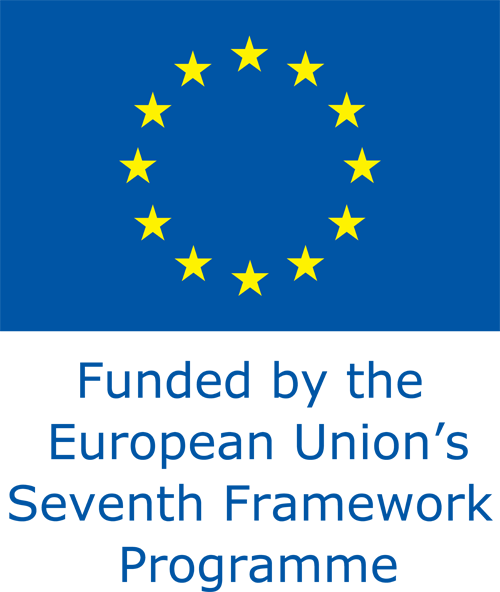Assessing in situ oxygen depletion in land-locked water bodies
WP 7
Description:
In accordance with the project objectives, existing data bases will be put under scrutiny to look for information on present status and history of the respective project target areas with regard to physical, chemical, and biological parameters. This data will be compiled, standardized, and integrated into the HYPOX data archiving system in order to help defining monitoring strategies and identifying gaps in current oxygen observation capabilities in land-locked marine and freshwater systems. If possible, a site survey will be conducted for the different locations in order to define the status of the target sites at the beginning of the project. A variety of methods (e.g., repeated CTD casts, sediment coring, ROV surveys) will be employed to characterize the geophysical and biogeochemical settings at the target sites. Based on the site surveys, the analyses of the existing data bases, and the recommendations from WP1, in situ observatories will be established. These observatories will be used to perform long term monitoring of relevant physical and biogeochemical parameters for assessing oxygen depletion in the respective target areas (i.e. fjords, lagoons, lakes).
In addition to observatory-based monitoring work targeted and event driven (e.g., deep water renewal events) sampling campaigns will be carried out to investigate key biogeochemical processes related to the biological and chemical oxygen demand in the water column and in the benthic compartment. Data collected by the observatories and during targeted sampling campaigns will provide the base for hydrographical and biogeochemical models (WP2) to assess and predict different scenarios for hypoxia in the different aquatic environments. Real time data assimilation into predictive models will be implemented to improve forecast skill for hypoxic events. Continuous assessment and quality control of collected data will take place. Feedback from other WPs for refinement of technology (WP1), identification of key parameters (WP3), and temporal scales for assessing oxygen depletion in the respective systems will be used to adjust observatory performance. Data bases for the respective observatories will be established and quality control routines will be defined (WP5). The implementation of the observatory systems will be managed by the Implementation Committee lead by WP6 and WP7.
Objectives:
- Collate and asses existing data bases from the respective target areas (fjords, lagoons and lakes) that are relevant to the project
- Apply monitoring strategies for assessing oxygen depletion in the respective target areas
- Establish in situ observatories and monitoring platforms for long term monitoring of relevant parameters for assessing oxygen depletion
- Disseminate collected and processed data through HYPOX web portal
- Provide real time data to hydrographical and biogeochemical models for prediction of hypoxia in land-locked aquatic systems
|

